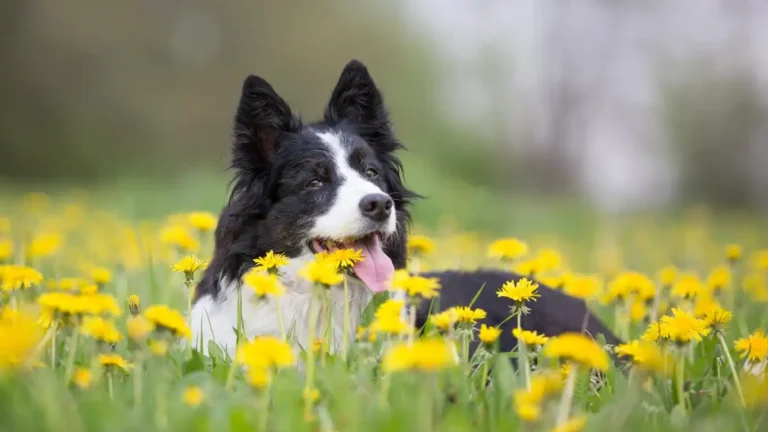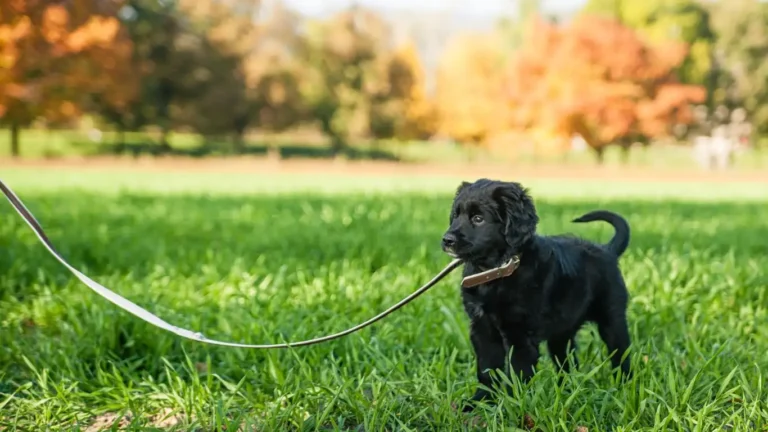Best Human Foods for Dog Training Treats: Powerful Tips to Boost Training Success
Let’s be honest—when you’re knee-deep in dog slobber and trying to teach a stubborn pup to “sit” for the 50th time, the last thing you want is a treat that crumbles or gets snubbed. As someone who’s spent years in both shelters and pet clinics, I’ve learned that the right treat can make all the difference. That’s why I wanted to share some of the best human foods for dog training treats—the stuff that not only works wonders for obedience but is also safe, healthy, and affordable. I’ve personally used these with dozens (okay, probably hundreds) of dogs over the years, and I’ll be diving into which ones get tails wagging every single time.
Why Human Foods Can Be Awesome for Training

So, let’s clear the air right away—not all human foods are dog-safe, and we’ll go over the “no-go” list in a bit. But when chosen wisely, certain people foods can actually be more effective than store-bought treats. Why? Because they’re often more fragrant, more flavorful, and let’s be real—more exciting than another dried biscuit.
During my time working in a high-volume shelter, I had to train scared, under-socialized dogs daily. A crunchy store treat wasn’t going to win over a trembling rescue. But you know what did? Tiny bits of cooked chicken breast. It was like flipping a switch.
They’re High-Value in a Dog’s Mind
When you’re training, especially for behavior modification or early obedience, you want high-value rewards. These are the treats your dog would walk through fire for (okay, not literally—we love them too much for that). Human foods often hit that jackpot. Think about it from your dog’s point of view: kibble is everyday stuff. But turkey? Peanut butter? Now that’s worth sitting for.
They’re Fresh and Often Healthier
Another bonus? When you pick the right foods, you avoid all the additives, dyes, and preservatives that sneak their way into some commercial treats. In my clinic days, we saw so many pets with skin issues and upset tummies that could be traced back to treat ingredients. Switching to simple, whole human foods helped more than a few of them. (Of course, always check with your vet if your dog has food sensitivities!)
Top Human Foods Dogs Go Crazy For During Training

Alright, let’s dig into the tasty stuff. Here are some human foods I’ve used both in the clinic and at the shelter that had dogs begging for more. Keep portions small—training treats should be bite-sized and easy to swallow quickly so your pup doesn’t lose focus.
1. Boiled Chicken Breast
Simple, lean, and protein-packed. Just boil it plain—no seasonings, no oil—and dice it up into pea-sized bits. It’s hands-down the most effective training treat I’ve used for nervous or food-motivated dogs.
2. String Cheese
Yup, the kind you peel like you did in lunchboxes as a kid. Most dogs adore cheese, and string cheese is soft, easy to break into small bits, and low in mess. It’s a perfect high-reward treat, especially when you’re trying to reinforce tricky commands like “stay” or “heel.”
3. Cooked Turkey (Plain)
During the holidays at the shelter, we always had leftover turkey from staff lunches. We’d repurpose it for treat time, and wow—dogs would line up at the kennel doors when they smelled it. Again, keep it unseasoned and skinless. The plainer the better.
4. Baby Carrots
This one’s a surprise favorite. Not every dog is into veggies, but some love the crunch. Carrots are great for overweight dogs or pups on restricted diets. I’ve had a few patients who were on prescription foods but could still enjoy a bit of raw carrot as a treat.
5. Plain Cooked Eggs
Scrambled (no butter or salt) or hard-boiled eggs are a protein-rich option that’s surprisingly well-tolerated. I once worked with a diabetic schnauzer who couldn’t have most treats, but a few bits of scrambled egg worked perfectly during his training sessions.
6. Cucumber Slices
If your dog’s into them, cucumber is a low-calorie, hydrating snack. Great for summer training sessions or pups on weight management plans. Just avoid the seeds if possible, and keep the skin thinly sliced.
7. Natural Peanut Butter (xylitol-free!)
This one’s a classic, and for good reason. It’s rich, sticky, and super rewarding—perfect for recall training or even spread inside a toy as a post-training reward. Just always check the label for xylitol, which is toxic to dogs. A little goes a long way!
Safety First: Foods to Avoid

I’d be doing a disservice if I didn’t toss in some caution. Just because it’s human food doesn’t mean it’s dog-safe. Here’s a quick list of common foods you should never use as training treats:
- Grapes and raisins – Can cause kidney failure
- Onions and garlic – Toxic to red blood cells
- Chocolate – Contains theobromine, dangerous for dogs
- Macadamia nuts – Highly toxic
- Foods with xylitol – Found in sugar-free items like gum and some peanut butters
- Salty or fatty table scraps – Can lead to pancreatitis or upset stomachs
When in doubt, check with your vet or a licensed animal nutritionist before introducing any new human food. Every dog is different, and what works wonders for one might be a digestive disaster for another.
How to Use Human Foods Effectively in Training
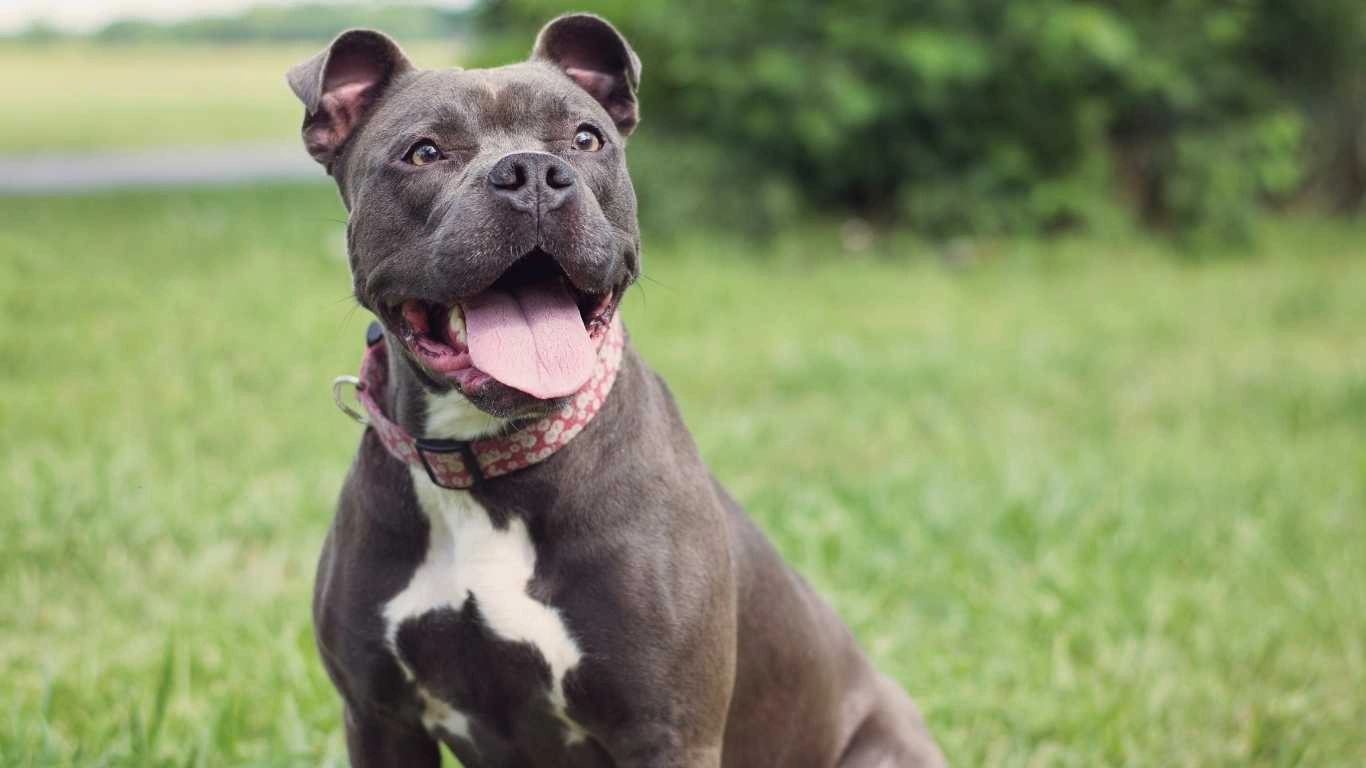
Now that we’ve covered the best human foods for dog training treats, let’s chat about how to actually use them to get real results. Because trust me, I’ve seen well-meaning pet parents turn training time into snack time real quick—and then wonder why their pup still won’t come when called.
The secret? Timing, consistency, and the right size. When I was training fearful rescues at the shelter, I always had my treat pouch locked and loaded with tiny morsels. Not just because they’re easy to swallow, but because it keeps the momentum going without overfeeding. Remember: training treats aren’t meals—they’re mini-rewards for mini-wins.
Use Treats as Motivation, Not Bribes
This is one I used to explain a lot in consults at the clinic. If you wave chicken in front of your dog’s nose to get them to sit, that’s a bribe. But if you wait for them to sit, then reward them the moment their butt hits the floor—that’s reinforcement. It teaches them the action earns the treat, not the other way around.
Portion Control is Everything
When you’re working with calorie-rich treats like cheese or peanut butter, go for micro bites. I used to slice a string cheese into dozens of tiny pieces for a single training session. It still keeps the dog engaged without packing on the pounds.
Keep Variety on Hand
Just like us, dogs can get bored. One trick I’ve picked up is using a mix of treats—some high-value (chicken, cheese), some lower-value (carrots, kibble)—so I can adjust based on how tough the task is. New command? Use turkey. Practicing a mastered cue? A carrot will do.
Best Practices for Storing & Prepping Treats

Let’s be real—nobody wants slimy chicken juice in their pocket. And yep, I’ve made that mistake more times than I care to admit. Here’s how I prep and store my human-food training treats without turning my kitchen (or jeans) into a mess.
Prepping Like a Pro
Every Sunday, I batch prep boiled chicken, hard-boiled eggs, and cucumber slices. I store each one in a sealed container in the fridge, and just portion out a day’s worth into a little silicone pouch before heading out for training. That way, everything stays fresh, and I’m not scrambling last minute.
Freeze It for Later
Don’t sleep on freezing! I freeze chopped turkey and even cooked egg bits in small ziplock bags. When I need a quick high-value treat, I just grab a bag and thaw it in the fridge overnight. It saves me tons of time during busy workweeks—especially when I was juggling long shifts at the clinic.
Use Silicone Treat Pouches
Those canvas or cloth pouches? They’re okay, but if you’re using real food like meat or cheese, silicone pouches are a lifesaver. Easy to clean, non-absorbent, and dishwasher-safe. I’ve gifted them to so many new pet parents during puppy consults.
Special Cases: When to Be Extra Cautious
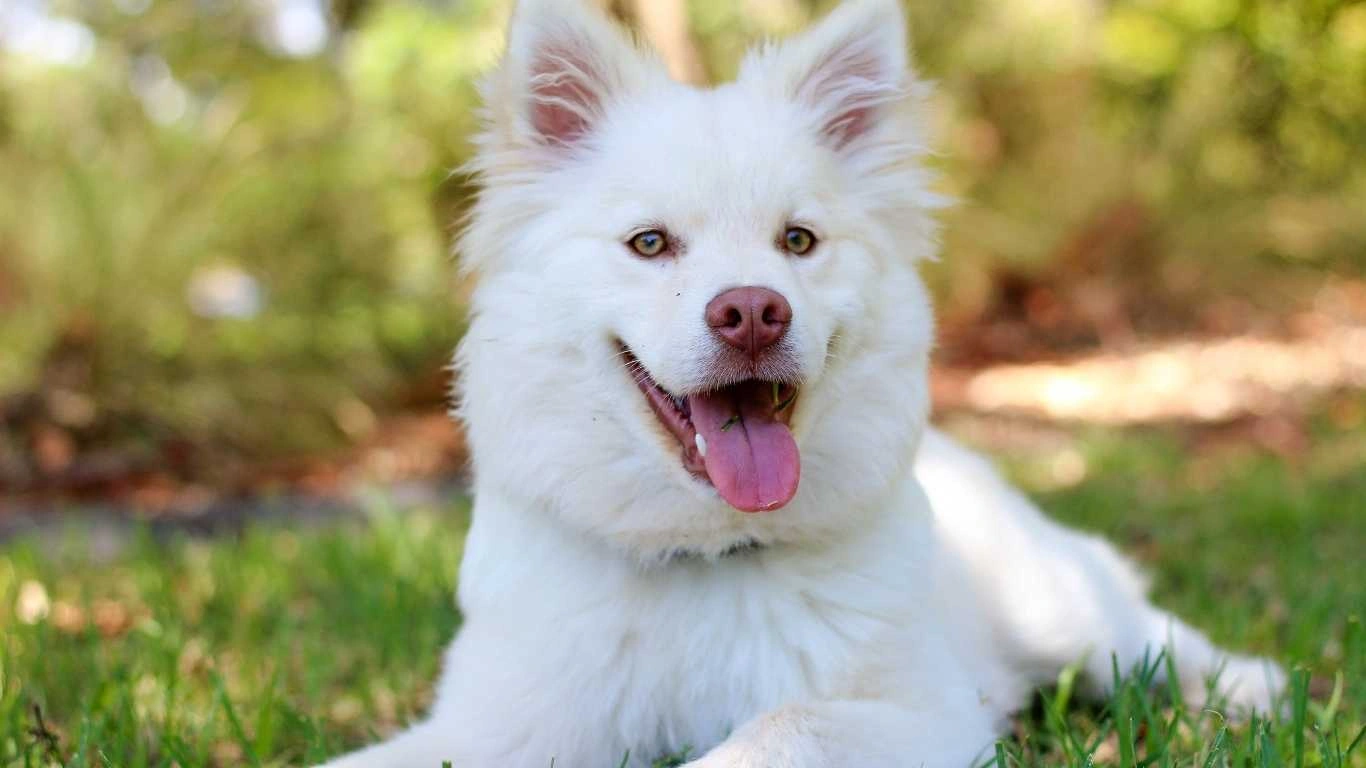
Alright, not every dog has an iron stomach. Over the years, I’ve worked with tons of pups with allergies, sensitive stomachs, or underlying medical issues—and in those cases, even healthy human foods can be risky.
Dogs with Pancreatitis or Obesity
For dogs prone to pancreatitis or those on weight-loss programs, fatty treats like cheese or eggs should be used very sparingly—if at all. One of my regular patients, a chubby dachshund named Rocco, had a pancreatitis flare-up that landed him in emergency care because he snagged a slice of pizza crust with pepperoni. Lesson learned: even well-meaning snacks can cause real damage in some pups.
Allergy-Prone Dogs
Some dogs react poorly to common proteins like chicken, dairy, or even certain vegetables. If your dog has been itching or having weird poops after treats, it might be worth checking for food sensitivities. I’ve seen elimination diets and vet-guided food trials make huge changes in dogs’ behavior and comfort. When in doubt? Stick to hypoallergenic options or vet-approved training treats.
Senior Dogs and Puppies
Senior dogs may have fewer teeth or more sensitive digestion, so crunchy veggies or dense proteins might not be ideal. Puppies, on the other hand, need treats that are super digestible and small enough not to become choking hazards. I used to recommend scrambled eggs or soft-cooked veggies for our puppy class attendees—they’re gentle on the belly and loved by even the pickiest furballs.
Creative Ways to Deliver Training Treats
If you’re like me, you’re always looking for ways to make training fun—for both you and your pup. Here are a few little hacks I’ve used in my own training sessions and shared with new adopters over the years.
- Treat Dispensing Toys: Pop small bits of chicken or cheese into a toy like a Kong to encourage problem-solving and reward good behavior passively.
- Treat Trails: For nervous or shy dogs, scatter tiny treats in a path to build confidence and lure them gently toward you.
- Hand Targeting Games: Use small bits of turkey to reward touches to your palm—great for engagement and recall practice.
- DIY Puzzles: Muffin tins with tennis balls hiding treats underneath? Pure gold. Especially when you use smelly human foods like egg or string cheese as the reward.
Mixing up how you deliver treats keeps your dog mentally stimulated and avoids the “treat fatigue” I’ve seen in older or more stubborn dogs. Trust me, when you bring out something new and tasty, even the most distracted pup perks right up.
How to Maintain a Balanced Diet for Your Dog

Now that we’ve covered all the tasty human food options for dog training, let’s talk about balance. Training treats can’t make up the bulk of your dog’s diet—they’re a supplement, not a substitute for proper nutrition. If there’s one thing I’ve learned over the years, it’s that what works for training doesn’t always work for everyday meals.
As an Animal Care Specialist, I’ve seen firsthand how much dogs can benefit from a healthy, well-rounded diet. The right foods fuel not only their bodies but their brains, and that’s crucial when you’re working on learning new skills. Too many treats can lead to weight gain, digestive issues, and a dog that’s no longer motivated to work for those tasty rewards. So, let’s dive into how to keep things balanced and healthy.
Use Training Treats in Moderation
When I first started working in shelters, it was tempting to give out treats as often as possible. After all, who doesn’t love seeing a dog’s face light up after a successful training session? But over time, I realized that moderation is key. As much as I loved rewarding dogs with tasty snacks, I always made sure I didn’t exceed more than 10% of their daily calorie intake with treats.
If you’re giving your dog treats throughout training, be mindful of their regular food. For example, if your dog eats a balanced meal that’s already high in protein, you don’t need to load up their treats with chicken every session. I recommend switching it up with lower-calorie treats like baby carrots or cucumber slices to keep things light and healthy.
Meal Time and Treat Time: Keep Them Separate
Training treats should never replace regular meals. And I’ve seen it happen more times than I can count—people treat their dogs to human food and then wonder why they’re turning their noses up at dinner. It’s important to have a clear distinction between when it’s treat time and when it’s meal time. If you’re giving a dog training treats, aim for a 2-hour gap before or after their main meals. This helps avoid upsetting their digestive system or creating bad habits where they expect food at every opportunity.
Balance With Quality Dog Food
When it comes to your dog’s core nutrition, you want to choose food that supports their energy needs, skin health, and overall wellness. After years of seeing everything from picky eaters to dogs with sensitive stomachs, I’ve found that choosing a high-quality, vet-recommended dog food is the foundation for a healthy life.
Look for a food that lists high-quality protein as the first ingredient (chicken, beef, lamb, etc.) and has vegetables like sweet potatoes, peas, or carrots as additional ingredients. There are plenty of well-formulated options, from brands like Hill’s Science Diet to grain-free formulas from Royal Canin, that balance nutrition with palatability.
Training Success Stories: Real-Life Results
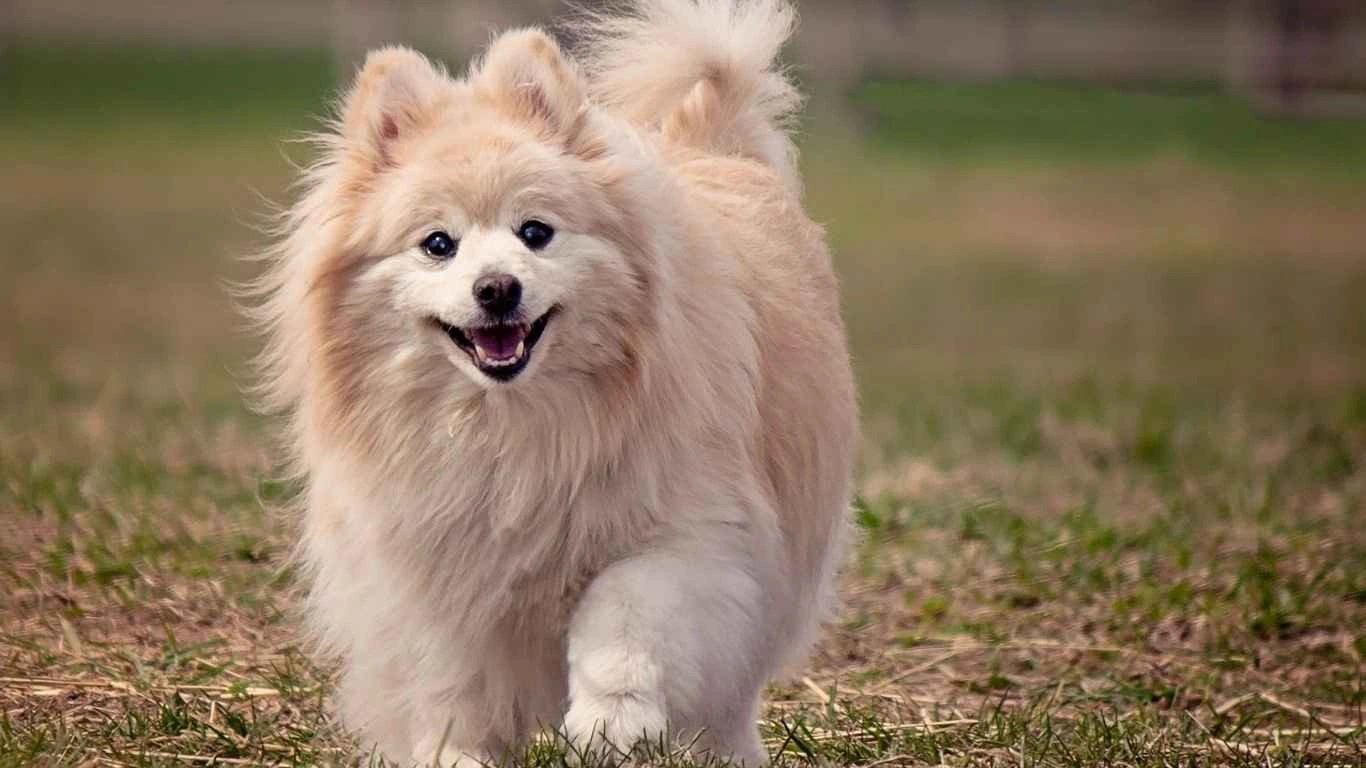
As an Animal Care Specialist, one of the most rewarding parts of my job is seeing dogs flourish through training. There’s no better feeling than watching a dog finally get the “sit” command, or a rescue dog overcoming their fear of people. But I can’t emphasize enough how important the right training treats have been in these success stories.
One of my favorite stories is about a shy Border Collie mix named Bella. She came to the shelter after being found on the streets, and she was extremely timid—especially around humans. It took a lot of time, patience, and chicken breast bits to get her to approach me. At first, she would take the treat and run, but over time, those little morsels became the bridge to her trust.
Another success was a Labrador named Charlie, who had severe separation anxiety. He wouldn’t let anyone out of his sight without barking and pacing. We worked on a behavior modification plan where he’d get a reward every time he stayed calm, even if just for a few seconds. High-value treats like cooked turkey worked wonders, and after several weeks, he could stay in his crate without panicking. It was a game-changer for his quality of life and a proud moment for me as a trainer.
References
Disclaimer
While human foods can make excellent training treats, it’s important to consult with your veterinarian before introducing new foods into your dog’s diet, especially if they have underlying health conditions or food allergies. Some foods may be toxic to dogs, and it’s essential to ensure the treats you choose are safe for your particular pup. Always observe your dog for any adverse reactions when trying new foods, and remember that treats should only be a supplement to their regular, balanced diet.




